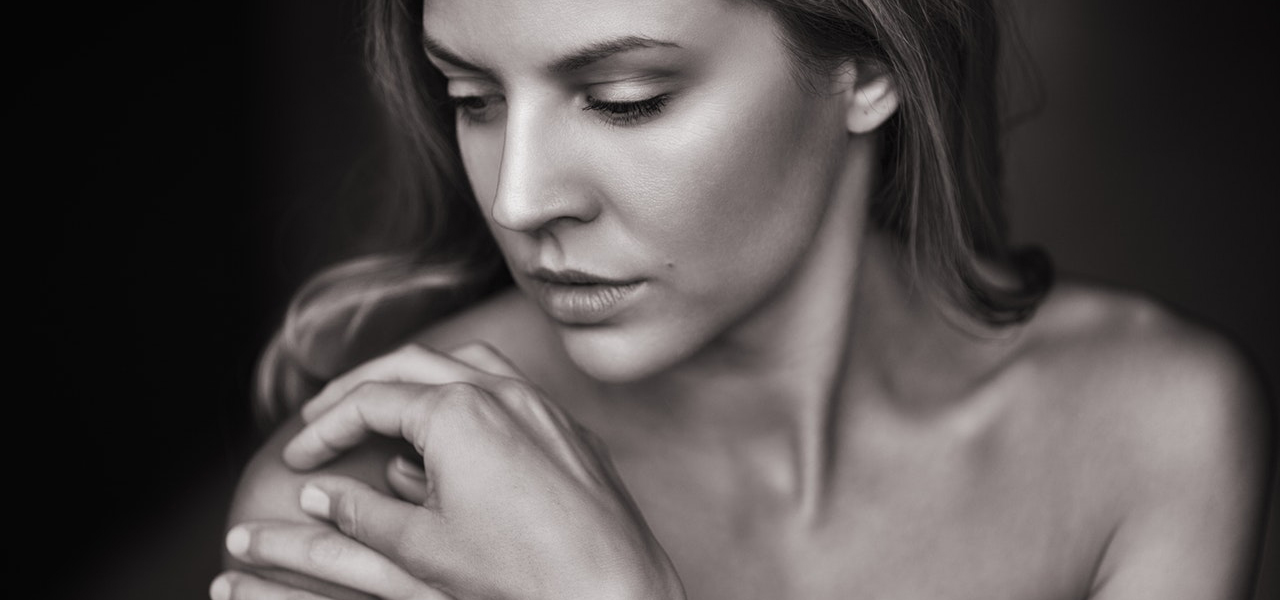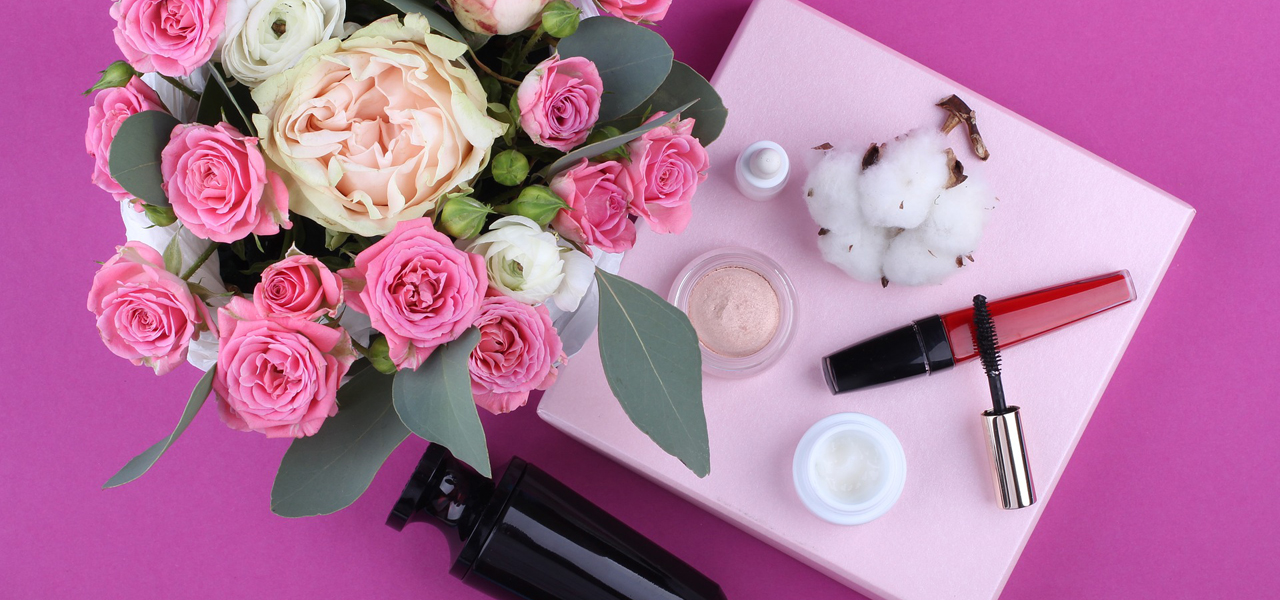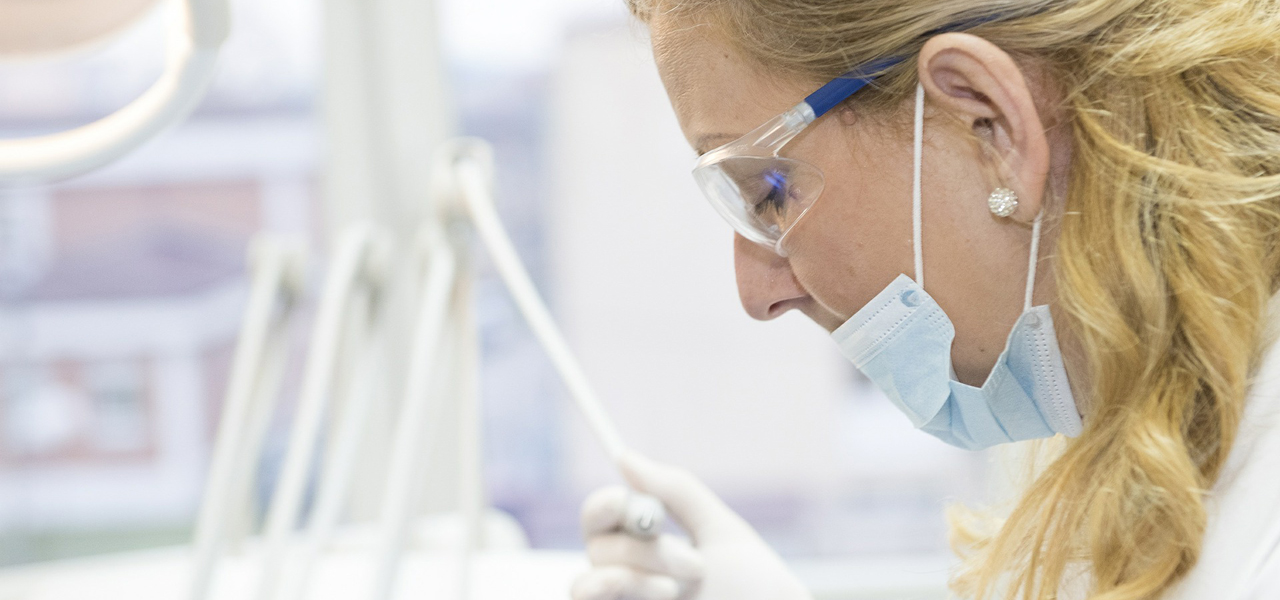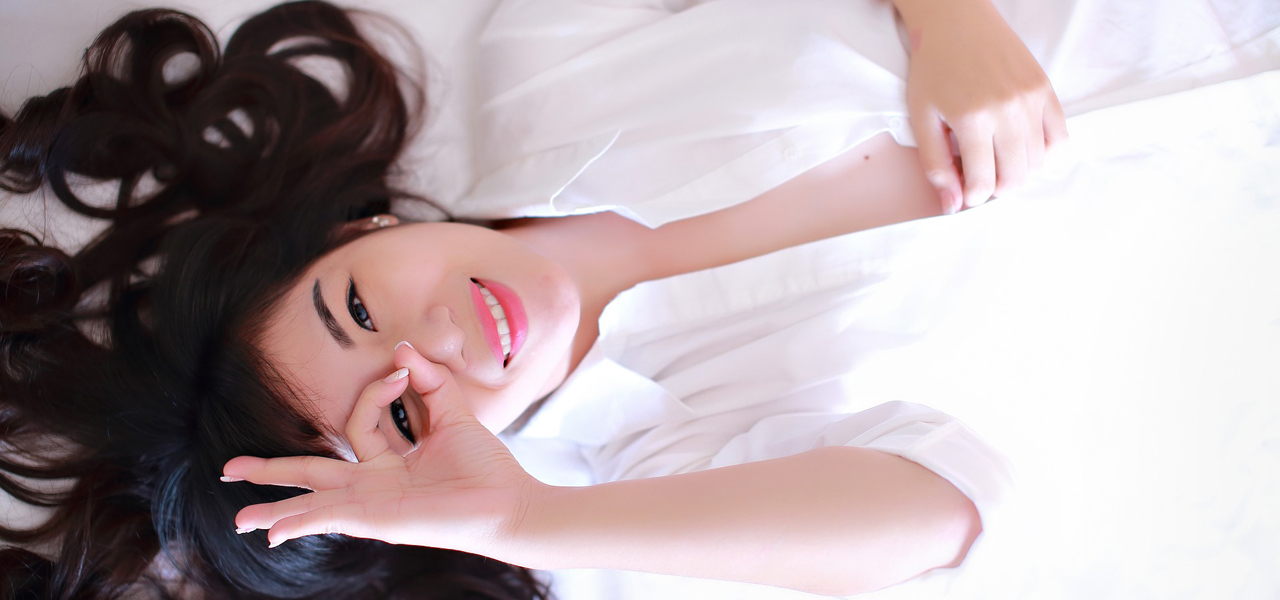What You Should Know About Skin Care Services in the Philippines
In today’s time, businesses that offer skin care services in the Philippines are quite plenty. We often spend a part of our day putting the effort into making our looks as desirable, pretty, and as pleasing as possible. That is why we invest our hard-earned money, time, and energy into businesses that specialize in caring for a person’s outer image: Philippine skin care services, fitness centers in Manila, and much more. These are just primary examples of the businesses that thrive in making people look physically good.
Historically, society has always been highly interested in retaining a desirable image for themselves. One great example is the use of cosmetics by the ancient Egyptians. The use of cosmetics for the Egyptians did not only encompass their preference for using it to be more appealing to the eyes of other people. It played numerous roles for the Egyptians such as using cosmetics to protect them from the elements, repelling insects, and to block off the sun’s harmful rays. It also played an important role in their tradition of burying and mummifying. As you can see, ever since the ancient times, skin care has played a role in the lives of people.
Simply put, the skin and all its components is the body’s first stage of defense from everything that is harmful to a human being. Caring for the skin is one of the most imperative routines a person must do in order to keep their skin healthy, fair, nourished, and vibrant. But what does skin care really mean?

Skin Care
Esthetics, or much better known as skin care, is the regular application of varying treatments to the skin to preserve its health, vibrancy, and vitality. People who specialize in skin care services in the Philippines and in other countries are better known as Estheticians. They are people that studied, learned, and practiced in the preservation of the skin’s wellness. They help each and every client to balance oil, moisture content, and the tone & texture to attain a youthful and healthy complexion.
The common treatments that Estheticians practice are the application of salt or sugar scrubs, hair removal techniques such as threading or waxing, body wraps focused on moisturizing, slenderizing, and toning the body, and hand or foot treatments that rejuvenate and liven the skin.
These treatments are more than just about revitalizing the skin. In places like the Philippines, skin care services also specialize in protecting the skin from the harmful elements of the environment and prevent any signs of skin aging such as wrinkles, dull and uneven skin tone, and wrinkles. Workers in Philippine skin care service businesses can also manage skin conditions like eczema, acne, dry skin, rosacea.
Undoubtedly, regular treatments from skin care services in the Philippines are relaxing and rejuvenation, to name a few. If your aim is to have smooth and healthy skin, head on over to a skin care specialist to help you achieve this goal.

History of Skin Care and Cosmetics
The use of facial decorations has been around since the ancient time. Its primary use was to gain the attention of enemies or to intimidate them. This phenomenon has been a constant in history.
Trying to look as aesthetically appealing as possible also help with the improvement of one’s social standing, indicate one has a superior rank in the societal hierarchy, and to increase the chances of ending with the most attractive person of the opposite sex.
Some cultures that used skin care techniques and cosmetics are:
- Egyptians: As discussed above, the Egyptians use cosmetics for a variety of reasons. Which are:
- Improve physical appearance
- Protection from the elements
- Repel insects
- Used in burying and mummifying the dead
- Ancient Hebrews: The Hebrews used ointments, oils, and perfumes to consecrate their altars, temples, priests, and any other peripherals in their sacred locations.
- Ancient Greeks: One of the reasons why the Greeks conquered Egypt was because of the latter’s affinity for medicine. The Egyptian priests, which coincidentally, were the ones holding the recipe for the Egyptian medicine, were unwilling to divulge the recipes for their precious medicine. So, they gave the Greeks incomplete or false recipes which started the rise of cosmetics in Ancient Greek society.Precious oils, cosmetic powders, skin glosses, hair dyes, perfumes, and eye shadows began to be used by the masses, and the export, import, and sales of these items and their corresponding ingredients played an important role in the trade industry of Ancient Greece.
- Arabs: After the Arab tribes converted to Islam, the use of cosmetics were all the rage. The masses were using them for so many purposes, it was regulated in order to prevent people from using it to disguise and deceive other people to get something out of them. The regulation was not strictly a prohibition, it was only a restriction on the improper use.
- Chinese: In Ancient China, their version of nail polish was to “stain” their fingernails using beeswax, gelatin, egg, and gum arabic. The color of their fingernails denoted their social class. Royals wore either the colors of gold, silver, black, or red. The lower class people were permitted to “stain” their fingernails, however, they were only allowed to use dull colors, not bright ones.
- Japanese: The best example of cosmetic use in Japan is the existence of Geishas. They used crushed safflower petals to color their eyebrows, some parts of the eyelids, and lips. They used a type of wax call bintsuke to act as the base for the makeup. Lastly, they used rice powder to color the totality of their face.
We can notice the difference between the beauty standards then and now. Before, they used cosmetics and skin care to achieve a lighter and more vibrant skin tone. But now, some beauty-focused people try their hardest to achieve a darker tone. We can see an interest in skin coloration no matter the era, and whatever generation it is, beauty is a standard that we cannot ignore.

Different Kinds of Skin Care Specialists
You might have known that Estheticians are not the only people that specialize in handling and treating your skin. Aside from esthetics, there are professions such as dermatology and cosmetology. So, what is the difference between the three?
- Dermatology: Is an actual branch of the medical field. It is practiced by licensed physicians that specialize in skin disorders. If there is any abnormal condition affecting your skin, you will be treated by a dermatologist while an esthetician can complement, assist, and support your therapy.
- Esthetics: A practice that mainly focuses on diagnosis, procedure, prescription, or therapy that may require a medical license. They are trained to recognize and diagnose signs of numerous conditions affecting the skin. It is also a branch of Cosmetology with the addition of the practice of skin care.
- Cosmetology: The study of treatments relating to beauty which may include nail care and styling, hair care and styling, the proper application of cosmetics, and skin care.

Techniques
There are a variety of techniques, tools, and products that estheticians use when providing skin care services in the Philippines and other countries. Most of them provide protection from outside elements, but some of them eliminate all the harmful substances contained in the layer of the skin. Some of these techniques include:
- Chemical Peel: This is a process that focuses on exfoliation. It is primarily used in treating skin issues such as aging, acne, scarring, sun damage, and the overall improvement of a person’s skin tone. There are three available types of chemical peels to choose from – which includes:
- Light Peels: This type of peel is the most convenient and is the easiest to undergo. It requires no downtime from day to day activities after its application.
- Moderate Peels: This type of peel has better effects than light peels, but it requires its users to have a downtime from day to day activities for upwards of 24 to 48 hours.
- Deep Peels: This type of peel is the hardest, but the most effective type of peel. Unlike the other two (which can be applied by your ordinary esthetician), deep peels require a physician that is present during its application. The physician may be the one applying it to a patient’s skin, or they can be present to monitor and supervise the application of said peel. If you have undergone a deep chemical peel, you will be required to have a downtime from day to day activities for upwards of a week or maybe more.
- Note: The downtime mentioned in the three types of peels is for the healing process of the skin. This is to ensure that the skin recovers from the peeling as seamless and as hassle-free as possible.
- Exfoliation: The skin is in a constant state of producing new, younger cells in the inner layer of the skin (the dermis) which will slowly get pushed up to the outer layer of the skin (the epidermis).During the process of transferring the younger and newer skin cells, it slowly dies and gets covered with keratin. These “keratinized” skin cells are extremely important for a human being because the keratin that these skin cells contain help in the protective quality of the outer layer of the skin. Eventually, when these keratinized skin cells reach the outermost part of the skin, we start to shed and begin to remove these dead skin cells to make way for newer and younger skin cells.Exfoliation comes into plays because it is the act of manually removing these dead skin cells that pile up on the outermost layer of the skin to get a younger, fresher look. Do note that exfoliation has two types:
- Mechanical Exfoliation: This is the manual removing of dead skin cells using abrasives such as body scrubs, skin brushes, and much more. It is important to remember that the overuse of abrasives can damage the skin.
- Chemical Exfoliation: This is the use of chemicals to loosen the substance that holds the dead skin cells together, and in doing so, be able to shed off the excess dead skin cells. An example of chemical exfoliation in skin care services is the use of chemical peels. So, you can either go for the light peel – which is easy and mostly hassle-free – or opt to use the deep peel – which is aggressive but tends to have much better effects.
- Facial: This is one of the most popular skin care services Philippine estheticians do. This is also one of the best ways your esthetician, or whoever handles your skin care services here in the Philippines, gauges the condition of your skin, understand the state of your skin, then make decisions from there. This is actually a great way for them to determine if they should recommend a much more aggressive skin care service rather than the one you initially paid for.A normal facial includes the removal of makeup residue, skin cleansing, mechanical exfoliation, steaming, facial massages, steaming, and other various treatments.Do note that facials should normally be in your schedule around every four weeks, although it may be better for you to consult your attending esthetician or any other expert to get a better schedule for your facial treatments.
Key Takeaway
If you live in a country where your appearances matter a lot such as the Philippines, skin care service is an investment. It does not stop after one session. It is a continuous process that will help you become the best version of yourself. Discipline, courage, and the dedication to keep your skin as healthy and as perfect as it can be is as important as your medicine you take during your sick days.
Additionally, a great partner for your skin care services needs is a good workout routine to keep your body and your skin in shape. Fitness centers in Manila are more than enough to be able to satisfy your workout or gym needs. So, take note of the things you should know about skin care services in the Philippines, then make it a habit to live a healthy, and fit life.
Want to take your body to the next level? Become as fit and healthy as you could be? Contact us now, and let’s make the world a slimmer, healthier place!